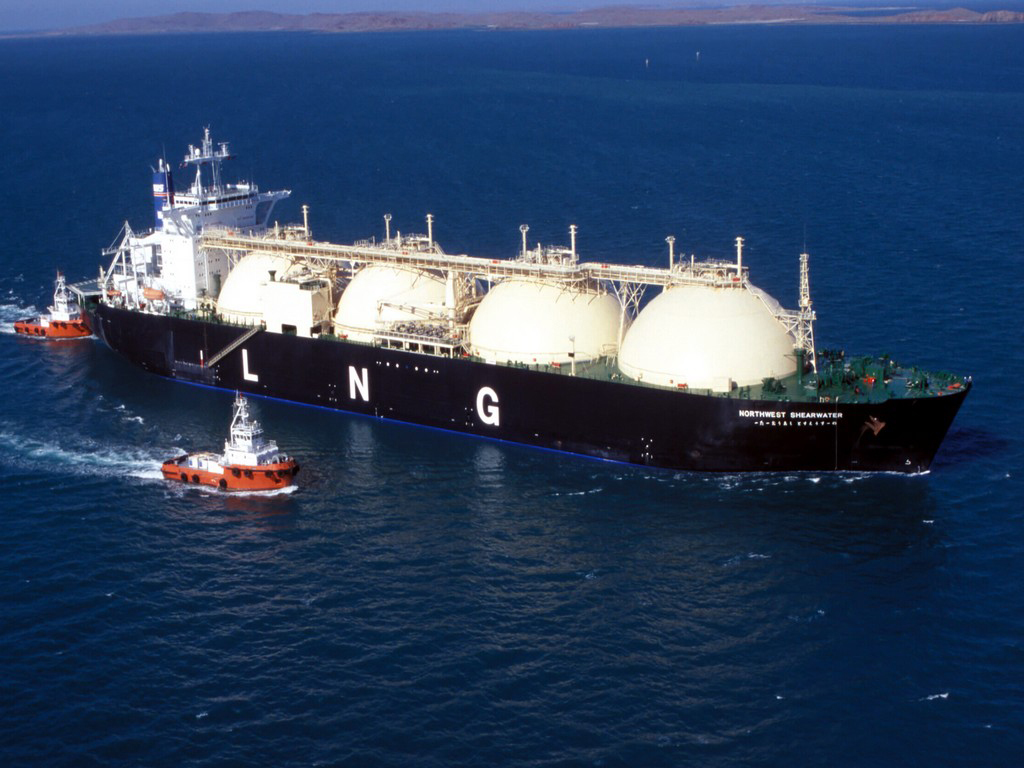In a first, there will be no CNG for the entire winters this season in Sindh. In doing so, Sindh joins the elder brother Punjab, which has not seen CNG in winters for ages now. Also, in a first, the decision to not supply CNG was not met with the usual furor and strike threats. That is because, the alternative plan to run vehicles on RLNG instead is now available, and the conversion of existing CNG stations to RLNG is in full swing.
The private sector players are already gearing up to import RLNG, and just awaits some final touchups relating to the implementation of legal framework. Reportedly, one-fifth of the CNG stations in Sindh have converted to accommodate RLLNG for vehicles, and others are queuing up before the deadline expires later this month.
LNG for vehicles is a welcome move and seeing it scale is heartening. Back in the day, when the previous natural gas was used as a fuel for transport, many eyebrows were raised. It took a massive scale of gas shortage and load shedding across the length and breadth of the country, for the policymakers to gradually withdraw and put curbs on gas for transportation sector.
Even in a scenario of margins, taxes and operating expenses at 100 percent of RLNG cost – the differential with gasoline (petrol) will stay north of 20 percent, at prevailing rates. There will be costs associated with some technical adjustments by the CNG stations, which should be passed on to the consumers, given that RLNG prices will be largely and rightly deregulated.
There is no reason why the RLNG usage should not be encouraged even beyond winters. The natural gas could then be used for more efficient uses in the industrial and power sectors. It will also pave way for lower gasoline imports. Granted that the same would be substituted by higher LNG imports, but it will still be cheaper to the tune of 15-20 percent at most times.
Another potential benefit will be more use of the terminals’ capacity, which has been found underutilized at most times. This will bring down the terminal charges on unit basis. The terminal charges have stayed in the range of 12-15 percent of the overall pre-GST RLNG cost. Higher volumes would spread the charges and will bring the unit cost down.
Those fearing for loss in lieu of Petroleum Levy, should do well to know the government is well within its rights to continue imposing GIDC. And if that makes too controversial for whatsoever legal reasons, nothing stops the government to levy any new taxes on the sale of gas for transport sector. One hopes the pipeline infrastructure stays fit enough to cater for higher load, and does not buckle down as the power system, does, where the transmission lines are unable to carry maximum LNG power.

























Comments
Comments are closed.